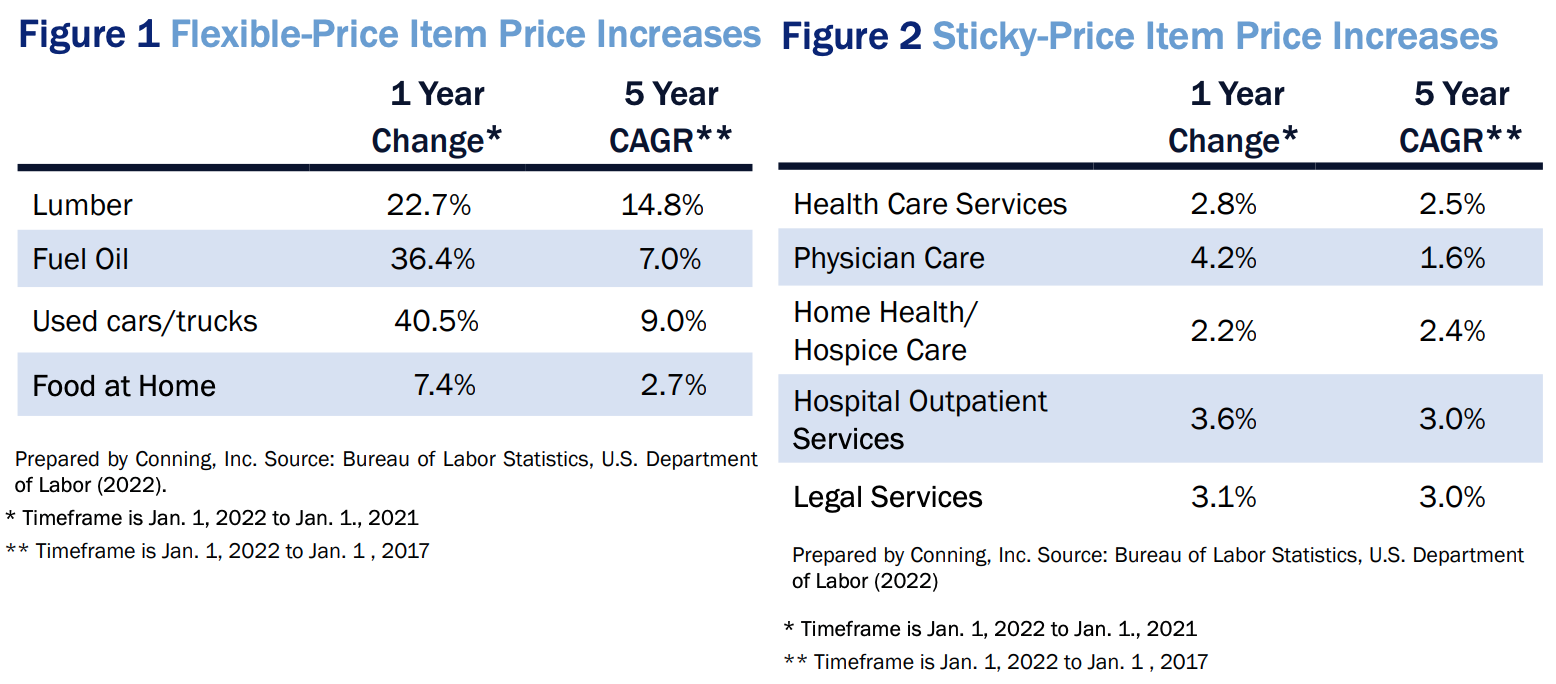One of technology’s best promises is democratization–taking specialized capabilities meant for a few people and then making them cheaper, simpler and more accessible to everyone. We’ve seen many examples in modern consumer products, such as computers, cars or even the internet itself. We’re starting to see examples of this in business, as well, such as in healthcare and logistics, and I believe we are on the cusp of a big change in insurance, too.
Although the insurance industry has always been about serving people, both individuals and groups, I think technology hasn’t always made insurance easier and more accessible for everybody. In fact, sometimes it seems to do the opposite. We are an analytics-driven industry, and analytics tools are still very hard to deploy and often harder for ordinary people to use. Most companies still rely on IT or business intelligence (BI) specialists to make sense of data so others can make smarter decisions.
But I think analytics and BI technology are finally catching up to our vision, allowing us to let everyday business users harness the power of data through easier-to-use tools and advanced automation. This is a huge opportunity for our industry, and I think embracing data analytics for all will pave the way for us to make insurance even more transparent and delightful (well, certainly less painful) for all of our customers.
The dream of democratized data in insurance
We have all dreamt of an insurance agency where every employee uses insights from data to make decisions and C-suite executives have on-demand dashboards with updated key performance indicators (KPIs). Line-of-business leaders use weather data to identify geographies potentially exposed to coming storms. Marketing teams combine U.S. Census Bureau data with internal data to discover business opportunities based on demographics and claims information.
At Hastings Mutual, we have finally been able to make this dream a reality, and I know that we aren’t alone.
For us, the key to making this possible has been to rethink how we use analytics in the first place. Like most organizations, we began using analytics by relying on static mainframe reports that had a refresh cycle of 30 to 45 days. Even when we centralized our data into a data warehouse, only IT specialists had the skills to query it. This led to a constant, growing backlog of requests from business users, which was frustrating for everybody involved. IT was exhausted, business users were using data that was already out of date and, of course, our customers and policyholders suffered as a result. No matter how much we tried to streamline the analytics delivery process, we always struggled with that last mile—actually getting the data insights into the hands of the people who needed them.
The revolution has been to take the opposite approach: Use new technology, such as self-service dashboarding tools, embedding and AI, to put the business users first—let them analyze data on their own, wherever they are, in whatever applications they’re already using, without having to first turn to IT, BI specialists or other experts.
In practice, this looks like employees who build their own dashboards, partners who discover opportunities using visualizations embedded into existing portals and policyholders who receive data-driven alerts via email or phone. In short, we put the end user first and bring the data to them, not the other way around.
See also: Setting Goals for Analytics Leaders
Creating insurance opportunities with analytics
It’s understandable that many people wonder if relying on analytics even more will turn insurance into an automated, robotic industry that simply does whatever the data decides is best, but the truth is precisely the opposite. As with computers or the internet, when we put analytics and insights from data into the hands of everyone, we all benefit.
Take something simple like weather data. By combining weather forecasts with maps and policy data, our internal business teams have been able to understand the effects of damaging weather conditions and, importantly, what to do about it. This combination has led to an improved bottom line through better data reporting and subsequent cost savings, but more importantly lays the foundation for a more positive customer experience through weather-related alerts to policyholders.
I’m excited to see how new technologies will continue to take insurance to the next level. AI can help automate much of the slow, manual processing of policy changes. Machine learning can increase the speed and accuracy of the underwriting process. Deeper app integrations lead to more data for business partners to see a complete financial picture, including premiums, plans and claims.
These are only a few of the possible ideas. Many more become possible as we democratize data analytics and provide everyone with intuitive access to factual information upon which they can make smart decisions on their own and in their own time.
























